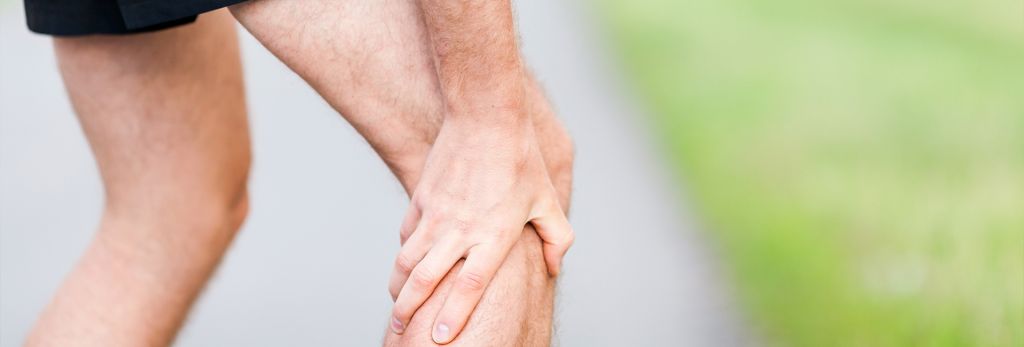Although I am unable to provide you with specific information on your knee without doing an examination, I can provide you with some general information.
Tightness behind the knee can result from muscular tightness or joint tightness.
Muscular tightness can be eliminated through stretching exercises targeted to the hamstring and calf muscles. Joint tightness is tightness of the joint capsule, which is tissue that encloses the knee joint. Any one of these structures can tighten down as a result of trauma or ongoing mechanical problems in the knee, hip, ankle, or low back.
In general we recommend stretching after activity. It’s also a good idea to ice after activity when the activity has been strenuous. If these symptoms do not go away in a couple weeks, consultation from a physical therapist may be appropriate.
A physical therapist is qualified to perform an examination of the knee joint and properly prescribe exercises to address any areas of tightness and help improve the way the knee functions.
To locate a Therapeutic Associates practitioner near you, visit our clinic locator here.

Move More, Worry Less!
As physical therapists, we know the importance of movement for overall health and well-being for people of all ages from 1 to 100! Get started with PT today!
